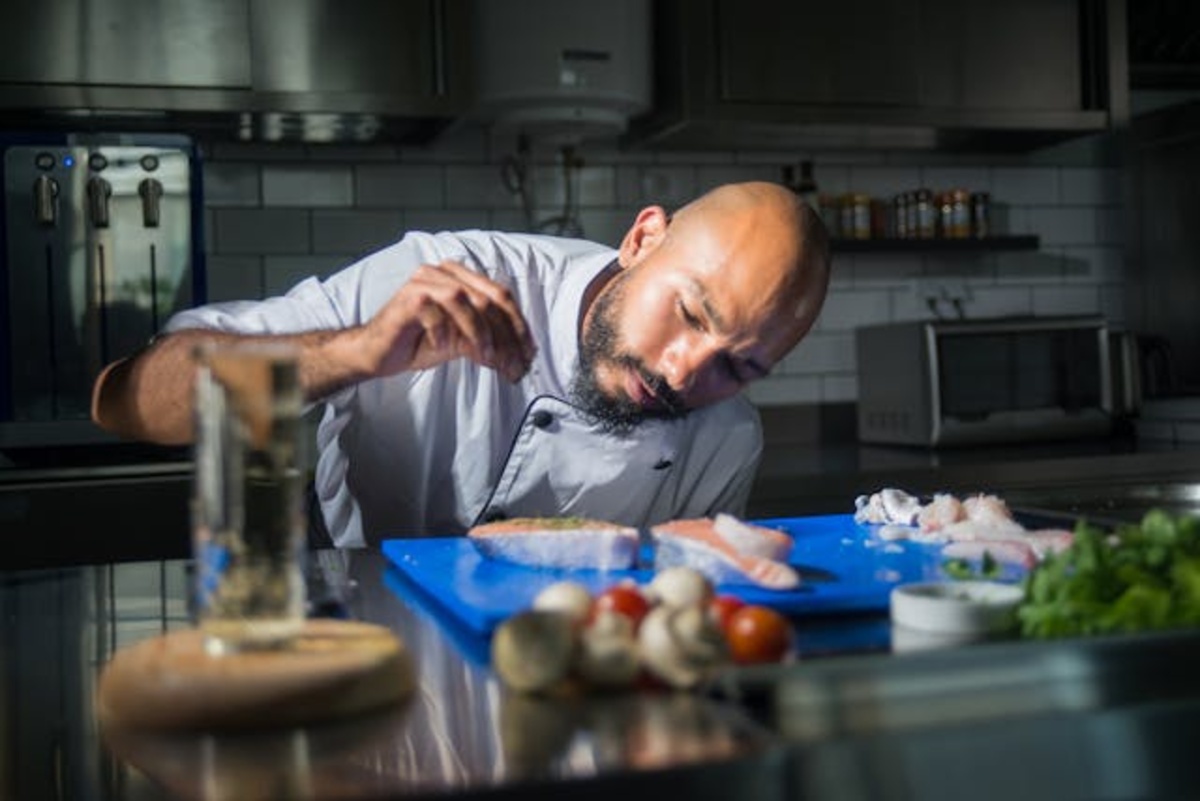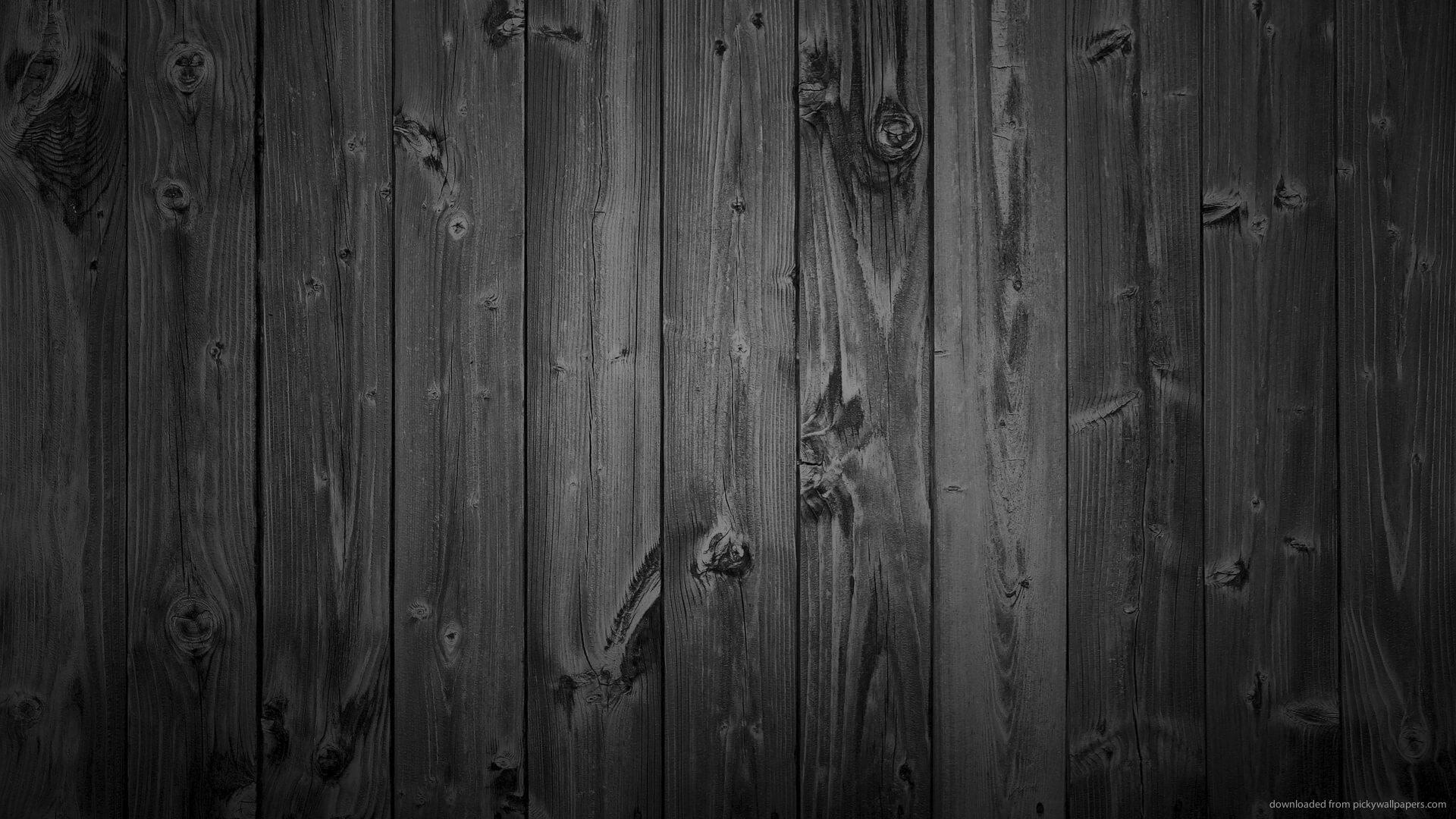Blog
Professional Kitchen Attire: Why Quality Workwear Matters
Introduction
Working in a professional kitchen demands more from your clothing than almost any other profession. The environment combines intense heat, constant movement, potential hazards, and strict hygiene standards—all whilst requiring staff to maintain a professional appearance throughout gruelling shifts. Many culinary professionals, particularly those new to the industry, underestimate how significantly proper workwear impacts daily comfort, safety, and performance. Ill-fitting or poor-quality clothing creates unnecessary challenges, from restricted movement and discomfort to increased accident risk. Conversely, investing in appropriate professional attire transforms the working experience, allowing chefs to focus entirely on their craft rather than battling inadequate clothing. Understanding what distinguishes quality kitchen workwear from basic alternatives helps culinary professionals make informed choices that benefit both their immediate comfort and long-term career satisfaction.
The Demanding Kitchen Environment

Photo by Kampus Production
Heat and Physical Intensity
Professional kitchens operate at temperatures that would feel unbearable in most workplaces. Standing beside grills, ovens, and stoves for hours generates relentless heat exposure. Add the physical demands—constant movement, lifting, reaching, and standing for entire shifts—and the strain on clothing becomes evident.
Workwear must withstand this intensity without degrading quickly. Fabrics need to breathe whilst maintaining durability through countless wash cycles. Seams must hold firm despite constant stress from bending and stretching. These aren't considerations for office attire, but they're absolutely critical in culinary environments.
Safety and Hygiene Standards
Kitchens pose numerous hazards—hot surfaces, sharp implements, slippery floors, and splashing liquids. Proper clothing provides essential protection against these dangers. Appropriate fabrics resist heat and flames better than everyday materials, potentially preventing serious burns.
Hygiene regulations mandate specific standards for kitchen attire. Clothing must be easily cleanable, free from loose fibres that could contaminate food, and professional in appearance. These requirements aren't merely bureaucratic—they're fundamental to food safety and customer confidence.
Essential Features of Professional Kitchen Wear
Fabric Technology and Breathability
Modern professional kitchen wear utilises advanced fabric technologies that would have seemed impossible decades ago. Polycotton blends combine cotton's breathability with polyester's durability, creating materials that resist staining whilst remaining comfortable during long shifts.
Moisture-wicking properties prove particularly valuable. Fabrics that draw perspiration away from skin help regulate body temperature and prevent the clammy discomfort that makes long shifts miserable. This technology, once reserved for athletic wear, now benefits culinary professionals working in similarly demanding conditions.
Fit and Freedom of Movement
Proper fit proves essential for both comfort and safety. Clothing that's too tight restricts movement, making repetitive tasks more tiring and limiting the range of motion needed for various kitchen activities. Conversely, excessively loose clothing creates snagging hazards around equipment and appears unprofessional.
Quality chef trousers, for instance, balance comfort with functionality—offering enough room for unrestricted movement whilst maintaining a professional silhouette. Features like elasticated waists, adjustable drawstrings, and carefully positioned pockets enhance practicality without compromising appearance.
Durability Through Repeated Washing
Kitchen workwear endures more frequent, intensive washing than most clothing. Daily laundering at high temperatures proves necessary for hygiene compliance, but this routine quickly degrades inferior garments. Colours fade, fabrics thin, and seams separate—requiring costly replacement.
Professional-grade workwear withstands this treatment through reinforced construction and quality materials. Double-stitched seams, robust fabrics, and colourfast dyes ensure garments maintain appearance and functionality through hundreds of wash cycles. This durability makes quality workwear more economical long-term despite higher initial costs.
Choosing the Right Workwear for Your Role
Understanding Kitchen Hierarchy and Dress Codes
Different kitchen roles often carry specific dress expectations. Head chefs might wear different styles than commis chefs, whilst front-of-house staff who occasionally enter kitchens require appropriate yet distinct attire. Understanding your establishment's standards ensures you invest in appropriate clothing.
Some restaurants mandate specific colours or styles to maintain consistent team appearance. Others allow individual choice within basic parameters. Clarifying these expectations before purchasing prevents investing in unsuitable items.
Balancing Budget with Quality
Culinary careers often begin with modest salaries, making workwear costs feel burdensome. However, viewing these purchases as professional investments rather than expenses changes the calculation. Quality items lasting years prove more economical than cheap alternatives requiring frequent replacement.
Consider cost per wear rather than just purchase price. A £50 garment lasting three years through daily use costs far less per shift than a £20 item needing replacement every six months. This perspective justifies investing in proper professional attire.
Maintaining Your Professional Wardrobe
Proper Care Extends Lifespan
Even the highest-quality workwear requires appropriate care to maximise longevity. Following manufacturer washing instructions prevents premature wear. Removing stains promptly before they set maintains appearance, whilst proper storage prevents unnecessary creasing and damage.
Consider having multiple sets to rotate through the week. This reduces wear on individual items and ensures you always have clean attire available even when laundry schedules become hectic.
When to Replace Worn Items
Professional appearance matters in hospitality. Worn, stained, or ill-fitting clothing undermines your professional image regardless of culinary skill. Recognise when items have reached the end of their useful life—when fabrics thin noticeably, stains won't lift, or fit changes significantly.
Regular replacement maintains professional standards whilst ensuring continued comfort and safety. Including workwear costs in personal budgeting prevents these necessary purchases from creating financial strain.
The Professional Impression
First Impressions in the Industry
Culinary professionals are judged partly on their appearance. Job interviews, stages, and first days in new kitchens all involve assessment that includes how you present yourself. Proper, well-maintained workwear signals professionalism, attention to detail, and respect for the craft.
This matters beyond initial impressions too. Colleagues, managers, and even glimpsing customers form opinions partly based on appearance. Taking professional presentation seriously demonstrates the same care and precision expected in food preparation.
Building Your Culinary Career
Investment in proper workwear reflects broader career seriousness. Professionals who present well, work comfortably, and meet all safety standards position themselves for advancement. These details might seem minor compared to culinary skills, but they contribute to the complete professional package that employers value.
As careers progress and income increases, expanding your professional wardrobe becomes easier. However, starting with quality basics—even if fewer items initially—proves wiser than accumulating numerous inferior pieces.
FAQ Section
How many sets of workwear do I need?
Most professionals benefit from at least three complete sets—allowing daily rotation whilst accounting for laundry schedules. Busy periods might require more to ensure consistently clean attire. Having backup items prevents last-minute panics when primary garments are unavailable.
Can I wear regular trousers in a professional kitchen?
Regular trousers typically lack the durability, appropriate fabric, and safety features necessary for kitchen environments. Professional kitchen attire meets specific standards regarding fire resistance, ease of cleaning, and functionality. Using proper workwear isn't just about appearance—it's about safety and compliance.
How should kitchen trousers fit?
They should allow unrestricted movement without being excessively baggy. You should be able to squat, stretch, and move freely without strain or restriction. The waist should sit comfortably without requiring constant adjustment, and the length should prevent tripping whilst avoiding dragging on floors.
Are expensive brands worth the premium?
Quality usually correlates with price, though not always perfectly. Reputable workwear specialists often justify higher prices through superior materials, construction, and durability. However, evaluate based on features and reviews rather than brand names alone. Sometimes mid-range options offer excellent value.
How do I remove stubborn kitchen stains?
Treat stains immediately when possible using appropriate stain removers before washing. Hot water and quality detergent handle most food stains effectively. For stubborn marks, pre-soaking or specialist stain treatments help. However, some stains prove permanent—accept this as part of working life and replace items when appearance suffers significantly.
Conclusion
Professional kitchen workwear represents far more than mere clothing—it's essential equipment that directly impacts comfort, safety, performance, and career progression. The demanding kitchen environment requires garments that withstand intense heat, constant movement, rigorous hygiene standards, and frequent industrial washing whilst maintaining professional appearance. Investing in quality workwear might feel expensive initially, but the long-term benefits—both practical and professional—far outweigh the costs. Proper attire allows culinary professionals to focus entirely on their craft rather than battling inadequate clothing, whilst demonstrating the professionalism and attention to detail that characterises successful careers in hospitality. Whether you're beginning your culinary journey or seeking to upgrade your existing wardrobe, prioritising quality, fit, and functionality in your workwear choices pays dividends throughout your career.





Comments